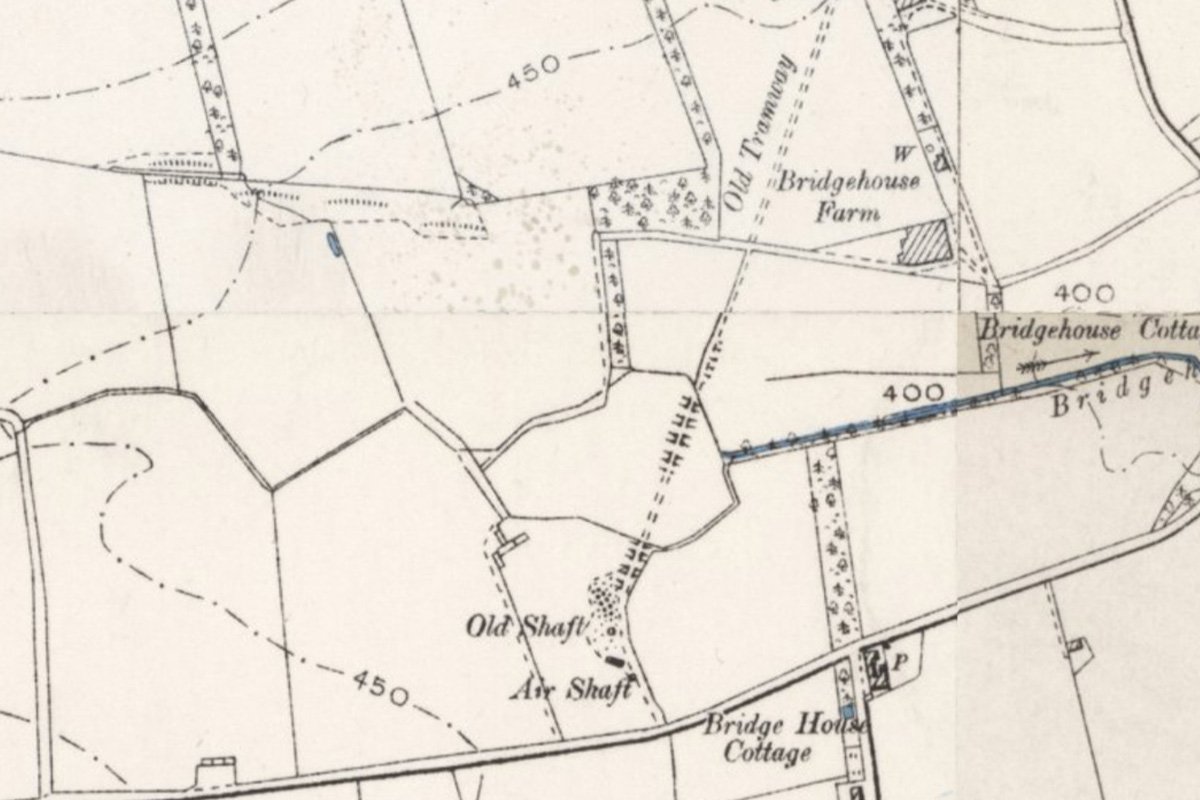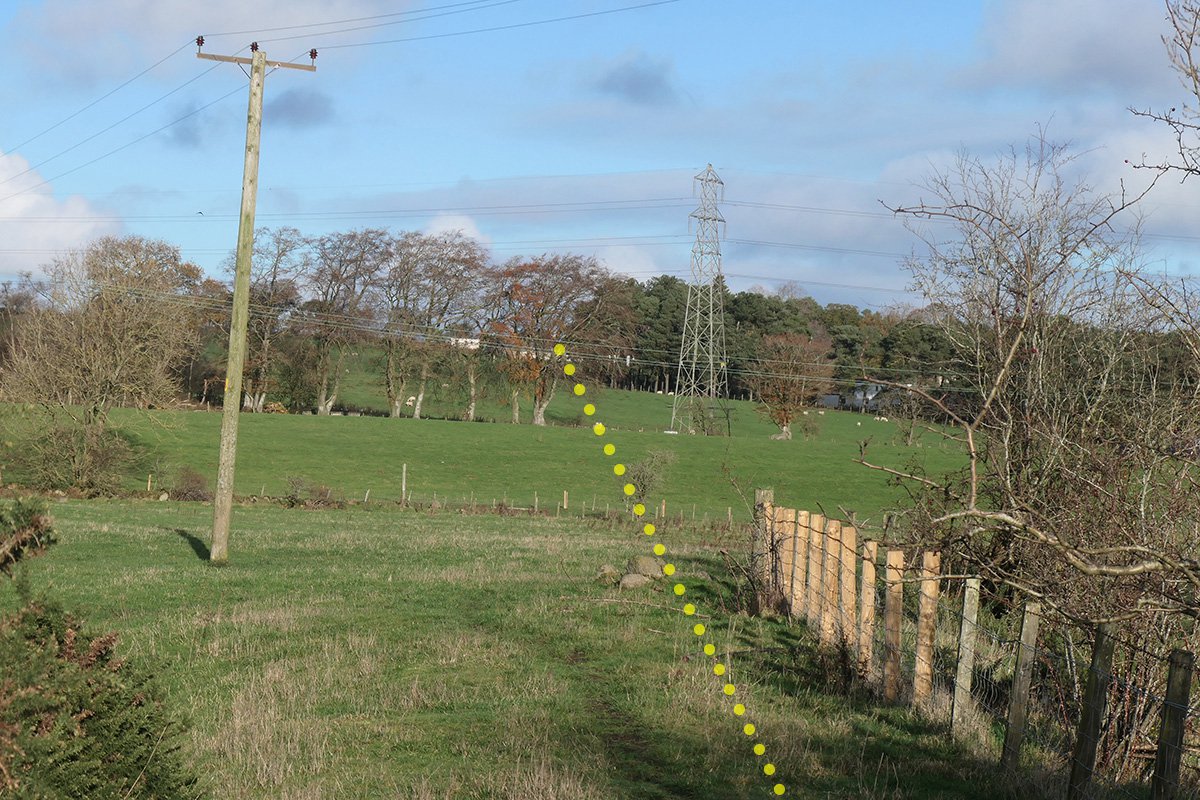Robert Burns and the Bogie Crossing
The Bridgecastle pit of the Lanrigg Coal Co.
F22020 - First Published 26th November 2022

Robert Burns was a coalmaster. By 1890 he and his family of eight children were proud residents of No.10 Balmoral Terrace, one of Glasgow's finest mansion-tenements. From elegant bay windows they enjoyed fine views across fashionable Queen's Park. Through the course of his career Robert had progressed from coal merchant to colliery agent until, in his late forties, he finally became proprietor of his own colliery – a coalmaster.
As owner of the Gartsherrie Coal Company he seems to have made a fair living, although the company seem to have become embroiled in more than its share of legal disputes. For whatever reason, from 1888, he ceased to be referred to in the post office directory as “of the Gartsherrie Coal Co” and was instead listed as “of the Lanrigg Coal Co”. At about the same time, the family moved to their fine new home beside Queen's Park.
The Lanrigg Coal Co (it's unclear where the name comes from) was established to work coal in the lands of Bridgehouse, in the parish of Torphichen. A little coal had been worked there during the 1840's but the area had been largely ignored by mineral prospectors since then. The company sunk Bridgehouse pit in around 1889, seemingly without huge confidence that major deposits of coal would be found. Everything seem to have been done on a shoestring. Due to the pit's remoteness from settlement, miners houses (the Bridge-house rows) had to be built, These were constructed in the cheapest possible manner, at a cost of £25 each, with flat roofs caulked up with tar from the local gas works and very little in the way of sanitary facilities. The authorities had to intervene and force the company to provide basic amenities.
The Bridgehouse pit lay over three quarters of a mile from the nearest railway line, but the Lanrigg Coal Company confidently expected that as soon as production started, the railway company would happily construct a branch line to serve the colliery. In the interim, the company chose, as a cheap and temporary measure, to construct a cable-hauled tramway in an arrow-straight course between the pit and Westfield station. This mile-long route cut across farmland, following the rise and fall of the land with the minimal of earthworks, cutting first across the little track to Muckraw and then across the public road between Bridgecastle and Westfield, at a site close to where Westfield school was later constructed. The coal company seems to have charged ahead with this work with little reference to the road authorities who, quite rightly didn't like the idea of an exposed moving cable being stretched aross the public highway. A series of meetings followed in with Robert Burns travelled through from Glasgow to meet the Bathgate County Roads Board to forcefully state his case and explain the workings of the crossing. Although offering to post a man at road crossings when each train of little hutches rattled across hauled by a moving cable, the roads board would accept nothing less than construction of a bridge to allow hutches to pass beneath the road. The coal company's coffers didn't stretch to this, so it seems that, with the Road Board's approval, huches were hauled along the tramway using horses rather than moving cable. The coal company still failed to install the required crossing gates, and the board were forced to threaten “that unless the crossings are put into proper repair to the satisfaction of the Road Surveyor by 27th inst, (27th January 1891) the same will be lifted without further notice.” A further application to work the tramway by continuous rope was turned down later that year.

6" OS map c. 1895, courtesy National Library of Scotland, surveyed shortly after Bridgehouse pit and its tramway was dismantled

Oblique view
Things seem not to have gone well for the Lanrigg coal company and in June 1892 the colliery was put up for sale as a going concern. Having found no buyers, all equipment was sold off and the pithead cleared in the following year. The 1901 census shows Christina Burns and her family were still living in Balmoral Terrace but records her as a widow.


